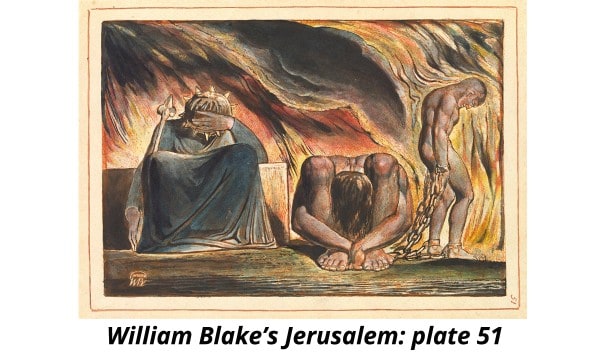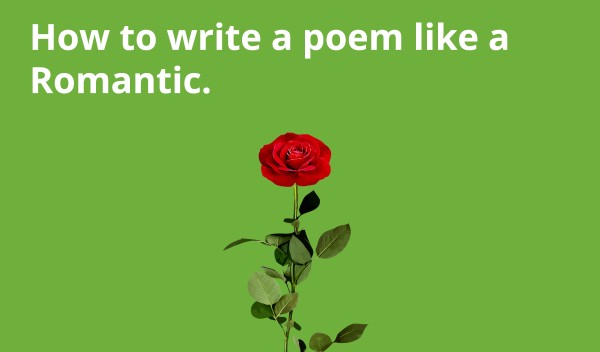How are you celebrating Valentine’s day? Spoiling your loved one with gifts? Flowers? A romantic dinner for two? Or maybe you’re thinking of stretching yourself a little further – a poem perhaps?
If you are looking for inspiration, look no further than the Romantics. The Romantics you may think, you can’t get more romantic, can you? however the term can be misleading when referring to this particular group.
The Romantics would probably not have described themselves as such. Rather, they saw themselves as part of a political, social and spiritual revolution. The themes of nature, innocence, freedom, and the importance of the imagination are the fundamental elements of Romantic literature. Mary Shelley’s Frankenstein, is a good example of these overarching themes put to practice. Now, you may not think that Frankenstein is a good reference point to start with when thinking about writing a poem on Valentine’s day. However, for the Romantics the important thing was the freedom to explore and express emotion and ideas in a direct, imaginative and passionate way.
Wordsworth had felt that earlier poetry had excluded the masses. Its elitist language and themes focused on topics that were not relevant to ordinary people. The Romantics made a conscious effort to reach the largest audience possible. This mass appeal and accessibility of language is perhaps why the Romantics have endured. As modern readers, we may not be aware of the exact political or historical context of a poem but the emotional intensity and directness of the language still resonates. For example, Bryon begins his epic masterpiece Don Juan by insulting the then Foreign Secretary, criticising the poet Poet Laureate, and fellow (albeit ‘first generation’) Romantics Wordsworth and Coleridge. Denouncing them for ‘selling-out’ to the establishment. We as modern readers may not know the politics of the time, or their relationships. However, we can all identify with the directness of calling a politician a ‘bungler’.
William Blake used nursery-rhyme-like structure in many of his poems. This gave an impression of child-like innocence, whilst simultaneously making the structure of the poem familiar to the ‘working-man’. This allowed Blake to tackle huge subjects like religion and nature in a way that was accessible to everyone. And through the imagery in his language, Blake could convey the passion and intensity for the social and political causes he believed in. Perhaps his most famous poem, And did those feet in ancient time (later adapted as the hymn Jerusalem) does this to the greatest effect. An anti-industrialisation poem at heart, it addresses the social and environmental impact of the industrial revolution, using nature and religion to demonstrate and imply its (in Blake’s view) destructive impact. Radical in his political and social views on the church and the monarchy, it is perhaps a little strange then that Jerusalem is now widely sung in churches and cathedrals throughout the country, even sung during the wedding service of Prince William and Catherine Middleton.

Now, as it’s Valentine’s day you may be wondering when we’ll get to poems about love. Well, the point is that the same directness, emotion, freedom and imagination can and should be applied. The Romantics didn’t believe that you should be inhibited in your writing. The most important thing is to be true to what you believe in – whether the poem is about love, politics or nature. These are the themes that will resonate regardless whether you are celebrating Valentine’s day or not.
If you are feeling inspired by The Romantics, our GCSE English literature course covers poetry by Byron, Wordsworth, and Keats, and examines Mary Shelley’s Frankenstein.


Add a new comment
Current comments: 0